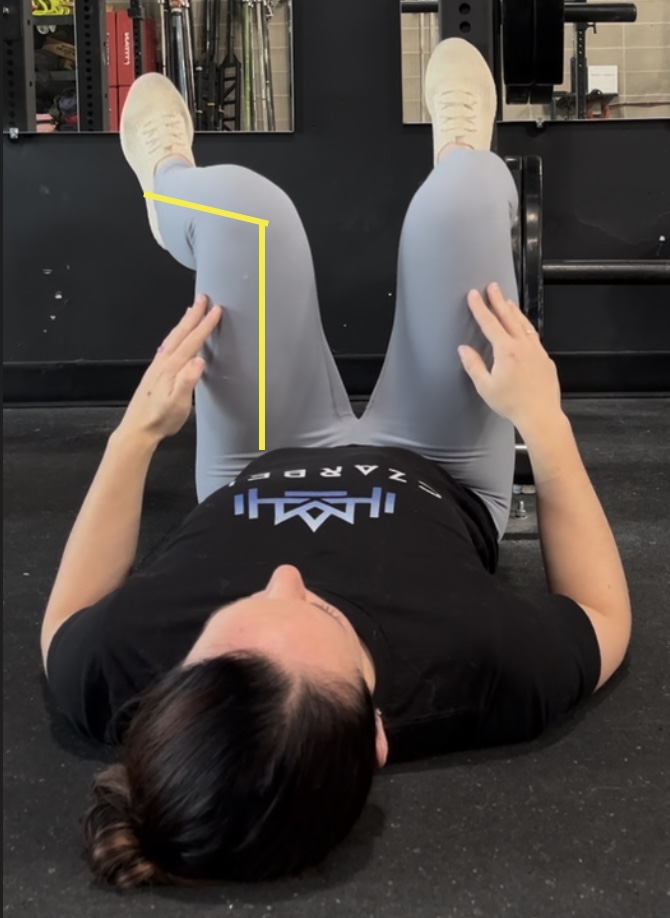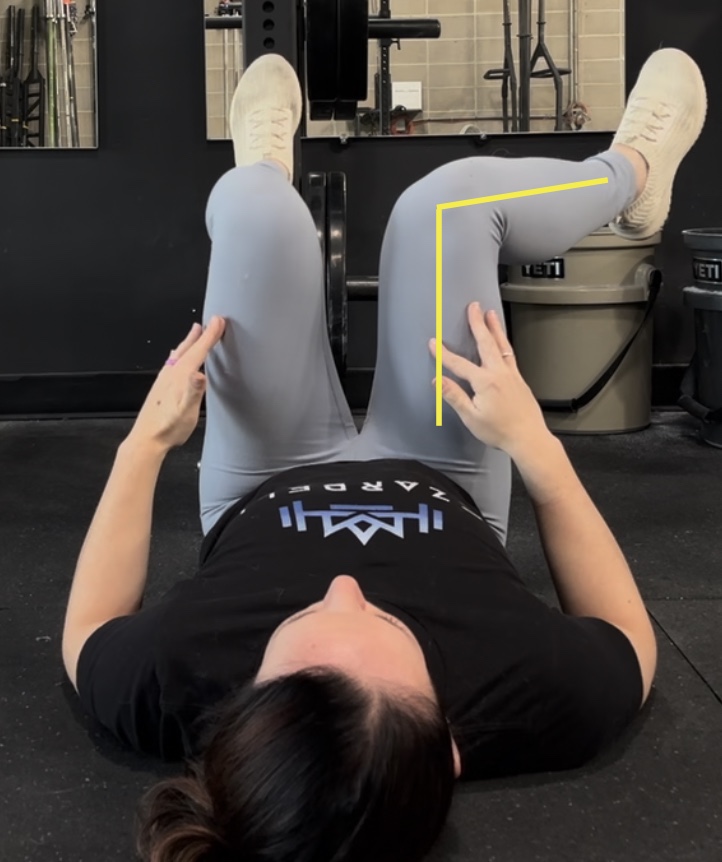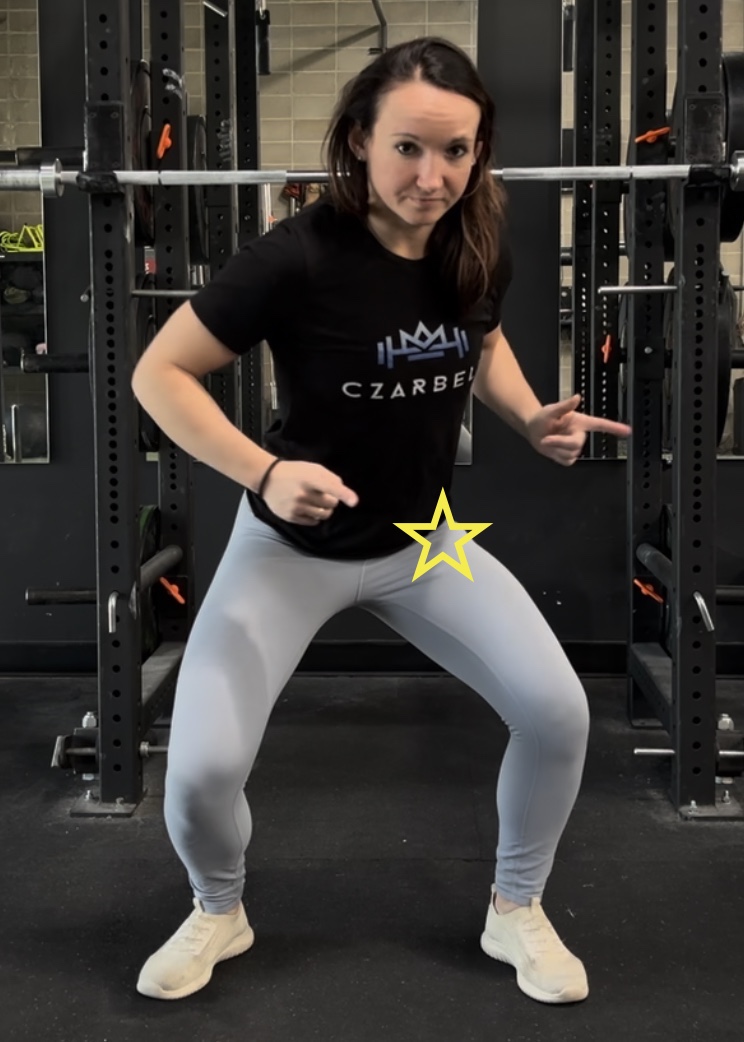Hip Shift when Squatting? What’s going on?
Jan 26, 2025If you're dealing with a hip shift while squatting, here’s the first thing to remember:
DON’T PANIC. A hip shift isn’t always a bad thing. In fact, it’s often just your body’s natural movement, influenced by your bone structure and overall build.
That said, it's important to recognize that a hip shift is often misdiagnosed.
Are you tired of hearing the same old corrective cue to “push your knee out” when one side collapses inward?
A lot of coaches jump to the conclusion that a “weak glute” is to blame for the collapsing side. This leads them to recommend exercises like band press-outs to “fix” the issue.
But what if the side that’s collapsing inward… isn’t actually the source of the problem? Maybe your gluteal and external rotator muscles on that side isn’t actually weak – but they’re being put in a position to really challenge the pelvic stability when squatting, and unable to for sufficiently… but for an entirely DIFFERENT REASON.
Here’s something to think about: What if the issue lies in hip internal rotation on the side that isn’t collapsing inward—the side you're turning towards?
Yes, you read that right: internal rotation, not external.
Let’s dive in.
Hip Internal Rotation:
It’s very important for hip flexion to occur. The ball of the ball-and-socket joint has to roll and glide backwards in the hip socket in order for the hip to flex when squatting, and this requires a moment of hip internal rotation for this to occur. The arthrokinematics of hip flexion and hip internal rotation are the same.


If you’re tight in hip internal rotation, it can be a result of many possible culprits, including:
- The natural bony structure of the ball-and-socket joint
- The joint capsule/connective tissue
- The surrounding muscles, including medial hamstrings, adductors, deep glutes, and pelvic floor muscles
- The lumbar spine flexion and rotation mobility
- And more!
Well, how does stiffness here influence the “hip shift” we see?
As you descend, the pelvis may rotate in the direction of the stiffer hip. This creates a bit of “external rotation” at the hip to provide some extra space for the joint to move. This can give the APPEARANCE of a shift, and therefore, the subsequent faults of collapsing inward on the opposite side!


Other reasons this may occur:
- Proprioceptive motor control deficits (often seen in beginners!)
- Deficit in posterior chain strength: Glutes and hamstrings need to fire mid-range of the squat!
- Ankle mobility impairments
- Pain or weakness in eccentric loading capacity of the quads
- And more!
Remember, just because you have a shift doesn’t necessarily mean there’s a problem. But if it’s causing pain or affecting your performance, don’t worry—we can fix it!
- First, check if hip internal rotation or hip arthrokinematics are at play. If so, work on improving joint mobility into internal rotation and lengthening any surrounding tissues that might be stiff because of it.
- Next, assess your strength and load capacity. Do you have weaknesses in your posterior chain or quads? Is there an imbalance in adductor strength between sides?
- Finally, retrain your squat mechanics to build the speed and power needed for those gains!
Ready to learn more? Have specific pain problems that are limiting your performance goals? Czarbell is here to help. Reach out at [email protected], or schedule an appointment with me through the main page of this website, to learn more!

